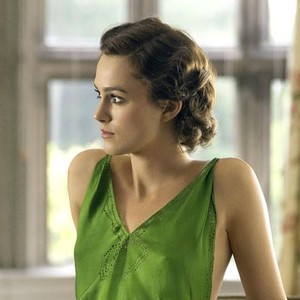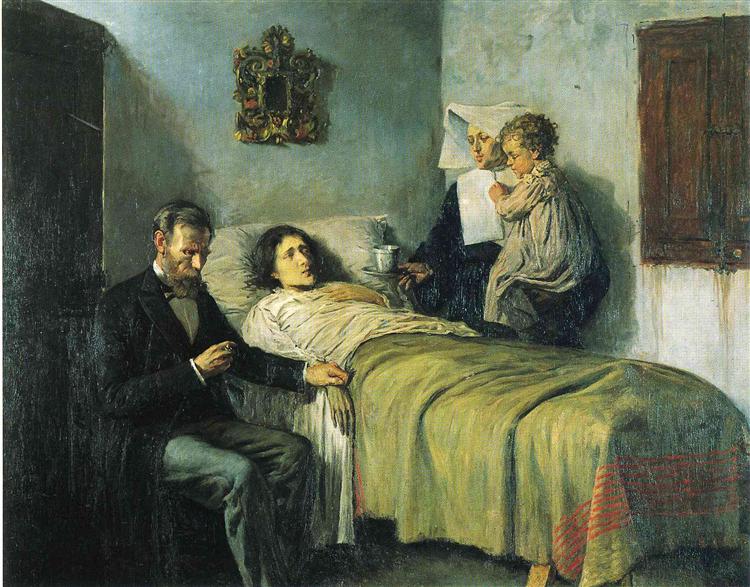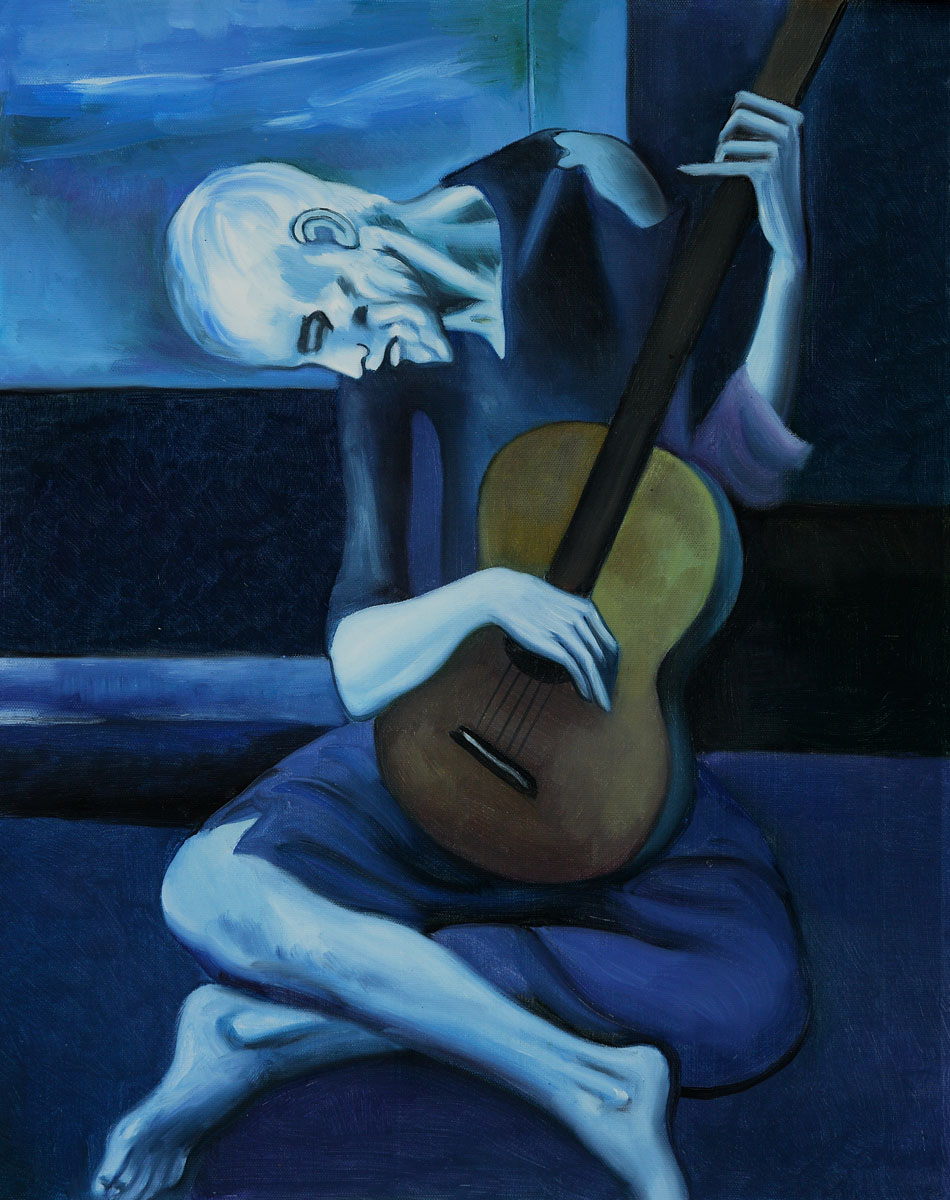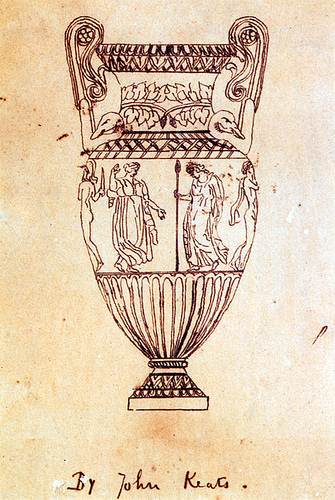Introduction:
In the vast landscape of music, there are artists who not only shape the soundscape of their time but also bring diverse cultural influences to the forefront. Dr. Alban, born Alban Uzoma Nwapa on August 26, 1957, in Oguta, Nigeria, is one such multifaceted individual. A medical doctor turned international music sensation, Dr. Alban’s journey is a fascinating exploration of how one man’s passion for healing transcended the boundaries of medicine to create infectious beats that resonate across the globe. This extensive article delves into the life, career, and impact of Dr. Alban, from his early days in Nigeria to becoming a global icon in the world of dance and Eurodance music.
Early Life and Medical Career:
Dr. Alban’s journey began in Nigeria, where he spent his formative years. As a young man, he pursued a career in medicine, studying dentistry in Sweden. His commitment to the medical field eventually led him to work as a dentist, where he found fulfillment in healing and helping others.
However, even in the midst of a successful medical career, Dr. Alban harbored a deep passion for music. Influenced by the vibrant sounds of reggae, hip-hop, and African rhythms, he began to experiment with music production, laying the foundation for what would become a groundbreaking shift in his life.
Breakthrough in Music:
Dr. Alban’s entry into the music scene was marked by the release of his debut album, “Hello Africa,” in 1990. The album blended reggae, dancehall, and Afrobeat influences, reflecting his Nigerian roots and diverse musical palette. While the album laid the groundwork for his musical aspirations, it was his subsequent ventures into the Eurodance genre that would catapult him to international stardom.
The Eurodance Era:
Dr. Alban’s breakthrough into the Eurodance genre came with the release of the album “One Love” in 1992. The album featured the hit single “It’s My Life,” a track that would become synonymous with Dr. Alban’s signature sound. With its infectious beats, catchy lyrics, and energetic delivery, “It’s My Life” soared to the top of charts across Europe and beyond.
Following the success of “One Love,” Dr. Alban continued to deliver chart-topping hits, including “Sing Hallelujah!” and “No Coke.” His distinctive blend of reggae-infused vocals, uplifting messages, and danceable rhythms resonated with audiences, solidifying his status as a leading figure in the Eurodance movement.
Global Impact and Chart Success:
Dr. Alban’s influence extended far beyond the European dance music scene. His albums, including “Born in Africa” (1996) and “I Believe” (1997), showcased his ability to fuse diverse musical elements, creating a sonic tapestry that appealed to a global audience.
Chart success continued with songs like “Mr. DJ” and “Let the Beat Go On,” further establishing Dr. Alban as a mainstay in the international music scene. His contributions to Eurodance not only shaped the genre’s trajectory but also paved the way for a fusion of global sounds in dance music.
Diversity in Collaborations:
Dr. Alban’s collaborative spirit was evident in his willingness to work with artists from various genres and cultural backgrounds. His collaborations with artists like Sash!, Jessica Folcker, and Haddaway showcased his versatility and ability to adapt to different musical styles.
Beyond the Dance Floor: Social Messages and Philanthropy:
While Dr. Alban’s music was synonymous with infectious beats and danceable rhythms, his lyrics often carried messages of unity, love, and social consciousness. Songs like “It’s My Life” and “Sing Hallelujah!” not only energized dance floors but also conveyed messages of empowerment and positivity.
Dr. Alban’s commitment to making a positive impact extended beyond music. In addition to his musical endeavors, he has been involved in philanthropic efforts, using his platform to raise awareness about social issues and contribute to charitable causes.
Legacy and Continued Influence:
As the Eurodance era evolved, Dr. Alban’s impact on the genre remained enduring. His music continues to be celebrated in both nostalgic playlists and contemporary dance scenes, attesting to its timeless appeal. His ability to seamlessly blend African rhythms with Eurodance beats has left an indelible mark on the global music landscape.
Dr. Alban’s journey from dentistry to dance floors represents a unique intersection of healing arts and sonic expressions. Whether through his early reggae-influenced releases or his chart-topping Eurodance hits, Dr. Alban remains a distinctive voice in the tapestry of global music, reminding us all that, indeed, music has the power to transcend borders and bring people together in celebration of life, love, and the joy of dance.









